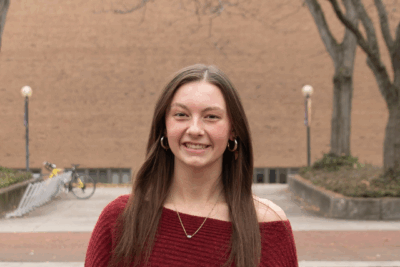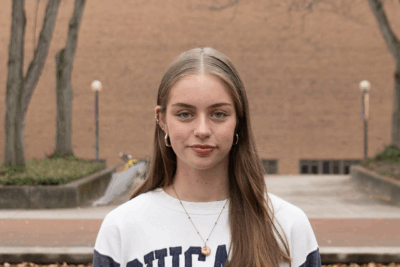What is the task of a peace witness when violence explodes? What is the task of a healer?
In the weeks since January 8 when United States House of Representatives congresswoman Gabriell Giffords was shot at a Northwest side Safeway parking lot in Tucson (the same city in which I live), I have been reflecting on these questions. In this violent event some people died, some were wounded, and a whole city has been traumatized.Parking lot surveillance tapes of the shooting episode, according to the Arizona Daily Star, show that some people died or were seriously injured while attempting to protect others. A student intern in Representative Gifford’s local office offered immediate first aid, and this probably kept her alive. First responders were on the scene within minutes, triaging the dead and the wounded.
The daily paper (The Star) on the morning of January 21 quoted Sat Bip Kaur Khalsa, a member of the local Sikh community.
“It was here (Tuscon) that a white Catholic Republican judge was killed while coming to greet a Democratic Jewish Congresswoman, whose life was saved first by a Mexican American college student and later by an Asian-American combat surgeon and who were honored when an African American president came to share their contributions. It’s just very important to see all of these groups working together in healing like this” (Reporter Rhonda Badfield, A-3).
I would also add the devoted service of the University of Arizona to its host city. President Shelton presided over the central civic event of the healing service at which a United States President (Obama) preached about civility and a citizenry who seek to reach the ideals of the nation’s smallest children. In this service, a Pascua Yaqui Amerindian, with the blessing of his tribal elders, offered the traditional Blessingway to a grieving city.
Various religious denominations have come together in public worship services to both honor and bury the dead. They have also banded together in religious liturgies to cleanse the site of the shooting by prayers, holy water, votive candles, hugs, and messages of unity and learning to care for one another.
I’ve been reflecting, therefore, on civil religion. Mennonites often trash civic religion as an impure or unholy alliance of the state and religion in the promotion of violence. And, in some aspects of civic religion, this is true. But over the past two weeks, I’ve been witnessing the power of civil religion to gather the wounded, the witnesses to violence, and an entire community together. When an entire community is traumatized by violence, then an entire community must bring its various unique religious traditions as a gift to the entire community.
In a situation where political and religious differences could create more violence, the civic leaders of this town and nation came together to listen to Jewish scriptures, Christian scriptures, Amerindian liturgy and the simple Shaker hymn known as Lord of the Dance.
At the various spontaneously emerging “shrines” all over the city, teddy bears, a paper chain of prayers and hopes for healing as well as votive candles bear the remembrances of a community for its dead and its prayers for the wounded, and traumatized. No one patrols the orthodoxy of those who pray. No one protests the heterodoxy of coming together across the great chasms of American religious life.
Representative Giffords has flown to Houston to enter an intensive and extended process of rehabilitation. The prayers and love of a city flew with her.
In thinking about my own questions over the past weeks, I think God calls peace witnesses to live and work in areas of violence. I think God calls healers to live and work in a world wounded in many different ways.
Living in Tucson these past two weeks has stretched open my heart. Knowing none of the victims of this violence personally, I have witnessed the power of civic religion in beginning to heal the wounds of violence. I am grateful to be in a community where Mormons and Jews, Amerindians, Mexican-Americans, Anglos and African-Americans, refugees from other places of violence, Mennonites, Methodists and Roman Catholics, Buddhists and Sikhs have come together to bear witness to our fundamental human identity and unity as human beings and as citizens. In some fundamental ways we are family to each other and we are responsible to and for each other.
There is much more work to be done in Tucson. This area is one of the national flashpoints in the debate about immigration, gun laws, mental health policy and public education. But a discussion about civility in public discourse has begun here with a very fundamental understanding: political disagreements do not need to be violently disagreeable. There is a way to proceed from January 8th that does not breed more violence. This is the path the city now seeks to find.

